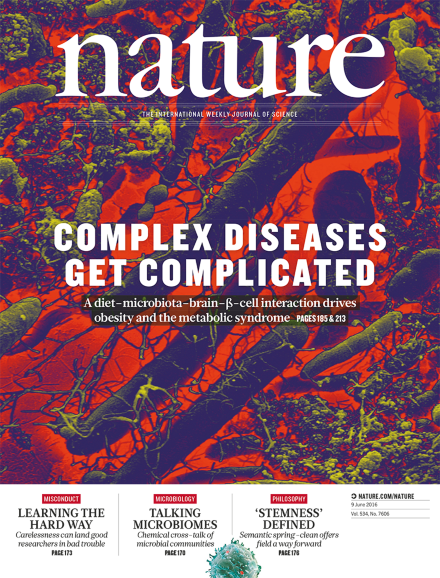Volume 534 Issue 7606, 9 June 2016
Editorial
World View
Research Highlights
Seven Days
News
Correction
News Feature
Comment
Books & Arts
Correspondence
Correction
Obituary
News & Views
-
The dawn of Homo floresiensis
Collection:

